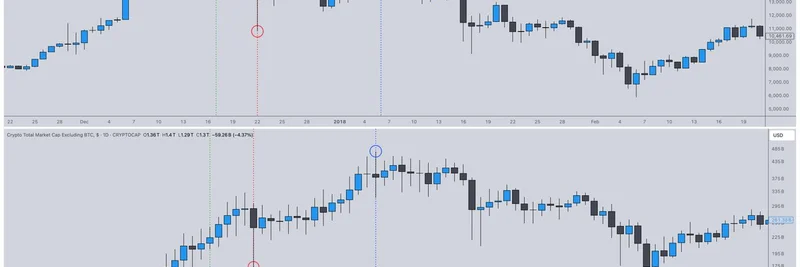In a move that's got the crypto world buzzing, the SEC has issued a first-of-its-kind No-Action Letter to DoubleZero for their 2Z token. This basically means the regulator is giving the green light for certain token distributions without slapping them with securities labels. Castle Labs, a research and advisory firm, highlighted this development on X, calling it a "really big step forward for crypto in America."
Let's break it down simply. A No-Action Letter is like the SEC saying, "Hey, if you do things this way, we won't come after you for enforcement." For DoubleZero, this covers their programmatic transfers of 2Z—think automated distributions on the network that reward participants for contributing to the system. The key here is that 2Z isn't treated as an equity security, and these flows aren't seen as securities transactions.
DoubleZero is building a high-performance network to speed up communication in distributed systems, like blockchains. Their 2Z token acts as the fuel: users pay with it for bandwidth, providers get rewarded in it for supplying infrastructure, and it incentivizes maintenance work. Unlike many meme tokens that rely purely on hype, 2Z has real utility tied to active participation—installing fiber optics, running computations, that sort of thing.
Castle Labs points out that this shows the SEC is open to working with crypto projects on compliance paths. After four months of back-and-forth, DoubleZero set a precedent that could inspire other teams. For meme token creators, this is intriguing. While pure memecoins might not fit the same mold (since they often lack the "own efforts" angle that helped 2Z pass the Howey test), it opens doors for hybrid models where tokens blend fun with function.
Why This Matters for Meme Tokens
Meme tokens have exploded in popularity, but regulatory uncertainty has been a constant headache, especially in the US. Many get labeled as securities because they look like investments expecting profits from others' efforts. DoubleZero's approach—emphasizing user-driven value and algorithmic distributions—could serve as a blueprint. Imagine meme projects incorporating utility features, like community governance or rewards for content creation, to argue for similar relief.
According to the incoming letter from DoubleZero's counsel, the token's success hinges on participants' own work, not central management. This dodges the "investment contract" tag under the famous Howey test, a 1946 Supreme Court ruling that defines what counts as a security.
The Broader Impact
Castle Labs notes we'll likely see more projects pivot to this framework. It's a sign of maturing regulations, where innovation meets compliance without stifling growth. For blockchain practitioners, this means safer ways to launch tokens stateside, potentially boosting adoption.
DoubleZero's network, launching soon, aims to reduce latency and boost bandwidth for blockchains like Solana. With backers like Jump Crypto and Galaxy Digital, it's got serious cred. As for 2Z, it's an SPL token on Solana, with a total supply of 10 billion, and mechanisms for inflation and burning to keep things balanced.
If you're in the meme space, keep an eye on how this evolves. It could mean more US-friendly launches, less fear of SEC crackdowns, and ultimately, a healthier ecosystem. What do you think—will meme tokens adapt to this model? Drop your thoughts in the comments.
For more on the SEC's stance, check out their official response.




